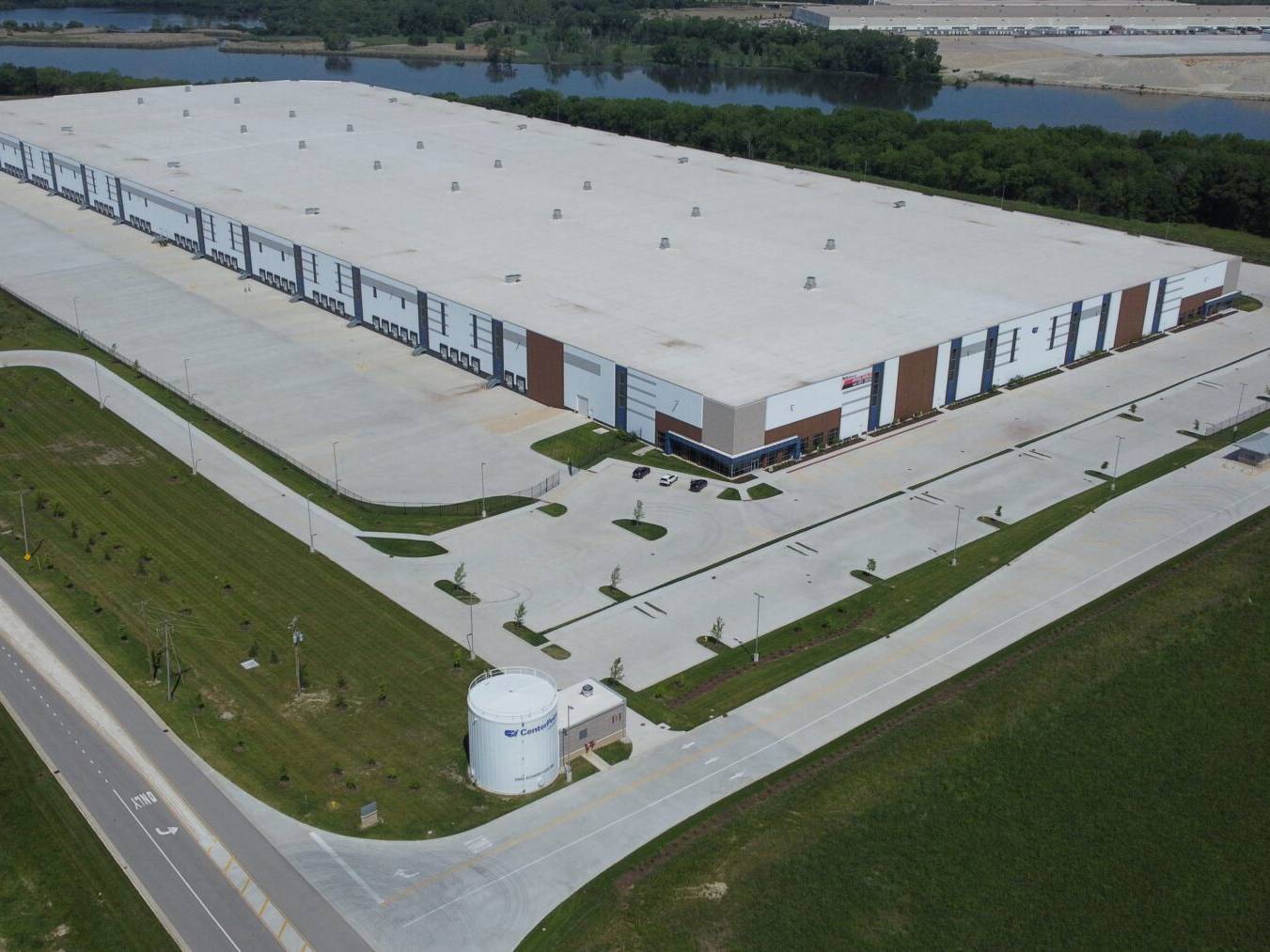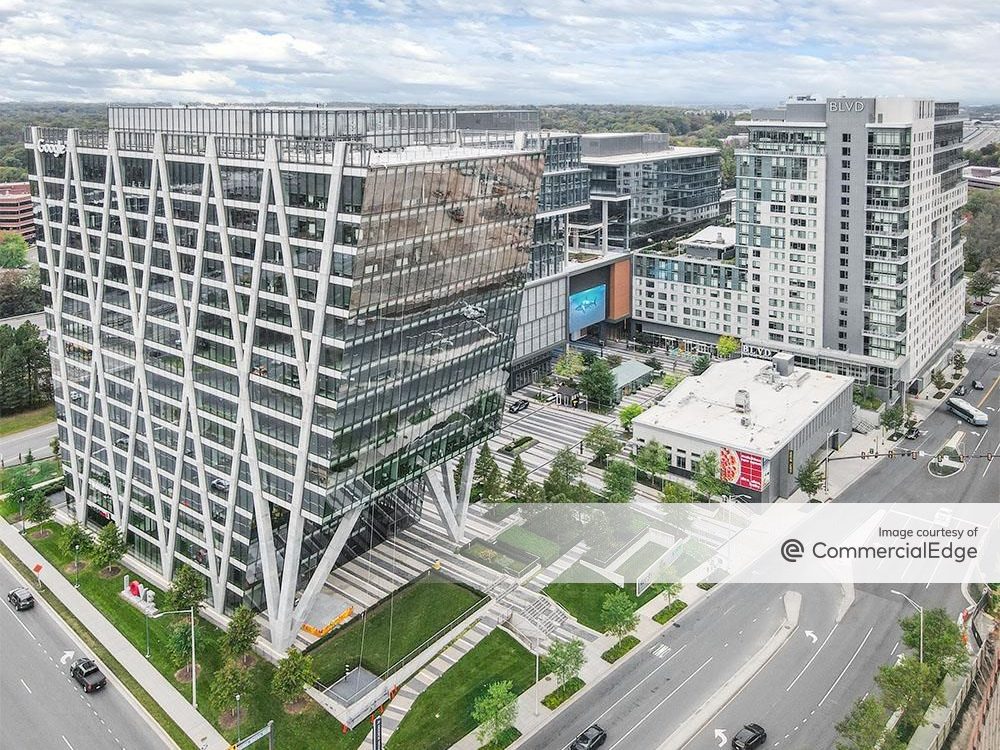Money360’s New President on Why Bridge Lending Thrives
Veteran executive Tom MacManus on the essentials of bridge financing and why the capital solution works well in times of uncertainty.
After taking a step back from active lending over the past months, direct alternative lender Money360 has resumed activity.
“It is an incredible time to be a lender,” Tom MacManus, the company’s recently appointed president, told Commercial Property Executive.
Given the ongoing volatility, improving capital flows and the heightened need for flexible financing solutions, demand for bridge lending is especially strong. And heading into 2021, MacManus anticipates this trend to intensify. From a big-picture perspective, what changes are temporary and what is here to stay? In the interview below, MacManus talks about some of the main issues facing the capital markets environment going forward.
READ ALSO: Getting Deals Done in Uncertain Times
What are the main reasons behind the decision to resume lending activity?
MacManus: When the pandemic first hit and for the ensuing months, the entire marketplace paused. However, we’re beginning to see renewed activity as capital flows have improved and transaction activity has picked up, despite remaining uncertainty. Going forward, we see a tremendous opportunity to deploy capital to provide solutions for borrowers who need customized financing.
During times of uncertainty and instability, demand for commercial real estate bridge loans increases as properties, markets and capital structures require interim solutions to provide a path to permanent financing or exit strategies. We’re also seeing heightened demand as some lenders have exited the market and banks have pulled back. This is giving Money360 an opportunity to step in. It is an incredible time to be a lender. We expect substantial growth over 2021 and anticipate lending $1 billion over the next 12 months.
What is your pipeline like?
MacManus: Prior to COVID-19, we were closing $50 million to $75 million of CRE bridge loans each month. As we gear back up, we already have just under $100 million in our closing pipeline and we expect deal flow to exceed pre-pandemic levels.
Since the pandemic hit so ferociously, there is—and will continue to be—stress in the CRE sector. This stress may lead to more distress as properties and borrowers deal with the effects of the crisis. Downward pressure on lease rates, increased concessions and vacancies, collection losses and absorption challenges are a result of changes in purchase habits and where people work, and these changes in behaviors will take time to fully ascertain.
What do you take into consideration when it comes to evaluating transactions?
As a lender, we are prepared to help borrowers refinance loans that have matured, renovate and reposition assets, and complete their business plans. We address the challenges through discipline, requiring strong sponsor depth and breadth of expertise, pursuing assets well positioned in their market, structuring adequate reserves to withstand unknowns and avoiding markets or properties where the degree of uncertainty is too extreme for us to comfortably structure around.
What is your take on including additional layers of protection into deal structures?
MacManus: This a very important element today, whether that comes in the form of extra reserves, credit enhancement built into the loans or requiring a larger cushion for tenant improvements, leasing commissions, tenant credit, absorption assumptions and rollover risks, among others.
Heading into 2021, which real estate sectors offer the greatest opportunities for Money360?
MacManus: We expect increased demand for bridge financing across all classes. Right now, we are focusing on the heightened demand in office, industrial, self storage, multifamily and select retail. We’re also looking at other income-producing property types like mobile home parks and medical offices. We anticipate making a good number of loans to borrowers who need to refinance a maturing loan or if the current lender is not able to honor their commitment for follow-on financing. Loan maturities certainly did not stop because of COVID-19, but it did cause some lenders to exit the market.
Commercial real estate lending looks a lot different than it did a year ago. Which changes do you expect to be temporary and which will most likely be permanent?
MacManus: The severity of the stress has adversely impacted the availability of capital today. As the pandemic cloud lifts, lenders and investors will gain more confidence to deploy capital in greater abundance and for longer durations. The constraint on capital availability will persist in the short- and medium-term, but in time will fully recover. I foresee bridge loan demand to remain particularly strong for the next few years given our current operating climate.
The exodus from dense urban areas to more spacious suburban markets is a trend today, but we may see the demand in urban areas reappear in a few years as COVID-19 becomes a distant memory. While macro trends matter, I assign more value to the differences between locations and property characteristics across markets. Thus, “averages” do not mean much—rather, relevant metrics and demand drivers are what really matter. Despite differences in properties and borrower profiles, the essentials in bridge lending remain loan structure flexibility, speed and certainty of execution.
What are your strategies for increasing bridge lending opportunities and broadening the company’s origination network?
MacManus: We plan on hiring a handful of experienced originators with expertise in bridge loan structuring and have expansive client networks—this will enable us to increase our lending volume within our target loan size of $5 million to $30 million. My relationships with financial intermediaries and borrowers will complement this hiring initiative and increase our market share. In time, we may also look to introduce new loan programs to further expand our capabilities and opportunities.









You must be logged in to post a comment.